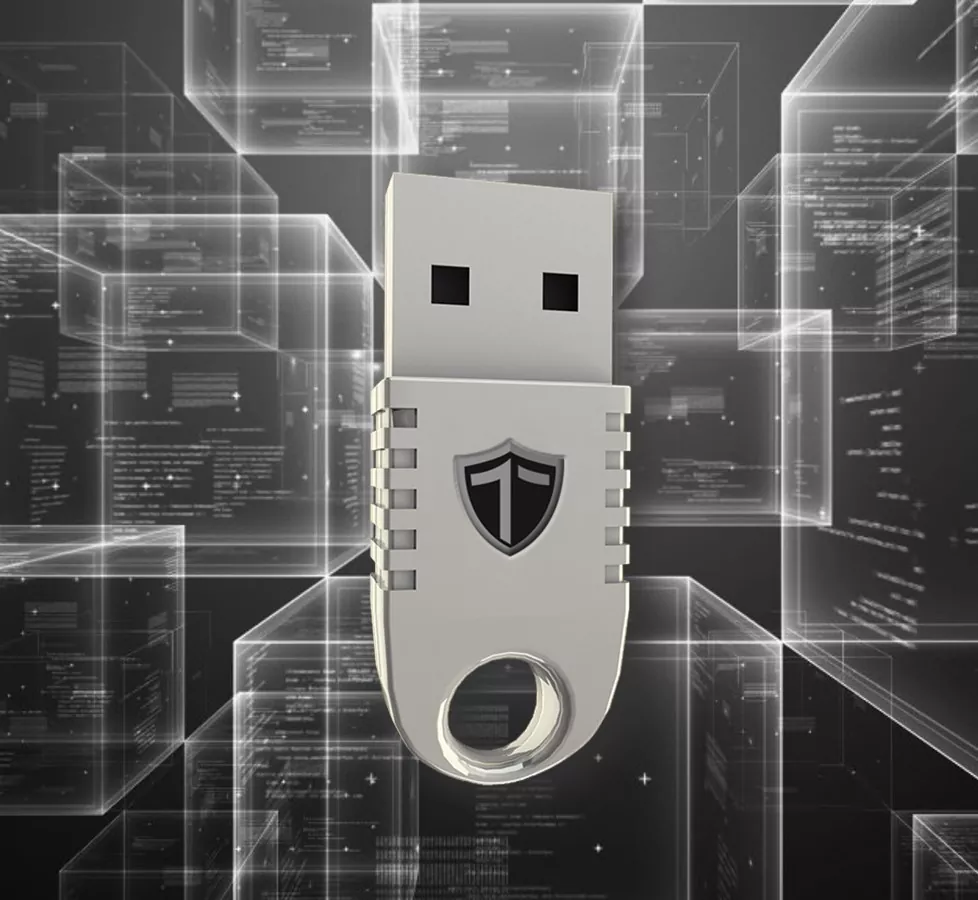As COVID-19 went so viral, millions of people followed the governmental advice to stay at home. the Covid-19 pandemic had unprecedented effects on everyone’s daily routine all over the world. Imposing social distancing and the increasing rates of remote working had dramatic effects on the daily activities from banking, payment, identification, issuing certification or even accessing entities.
Everywhere, people of all demographics are adapting their daily routine in order to prioritize the health and well-being of society. As we collectively navigate this ‘new normal,’ our reliance on technology has increased tenfold.
Countries with Digital identities had faced less obstacles in automating services through the pandemic. We think digital identity is the right choice to help life to continue through online channels.
It is more important now than ever to use a secure and user-friendly solution to manage the personal and professional daily responsibilities, from access to banking, government resources and all the other critical services.
As per 2016 statistics most developing countries had some form of digital ID scheme tied to specific functions and serving a subset of the population, but only a few have a multi-purpose scheme that covers the entire population. Eighteen percent of developing countries have a scheme that is used for identification purposes only; 55 percent have digital IDs that are used for specific functions and services like voting, cash transfers, or health; and only 3 percent have foundational ID schemes that can be used to access an array of online and offline services.
Digital ID schemes rely on a backbone of connected systems, databases, and civil or population registries. These in turn have been established through a thorough enrollment process of the targeted population.
Many programs now include the use of both biometric data and traditional biographical data, as well as programs to eliminate duplicate enrollments to help ensure that each individual has only one registered identity and one unique identifying number.
How Digital identities will affect individuals and entities?
Individuals can use identification to interact with businesses, governments, and other individuals in six roles: as consumers, workers, micro-enterprises, taxpayers and beneficiaries, civically engaged individuals, and asset owners. Correspondingly, institutions can use an individual’s identity in a variety of positions: as commercial providers of goods and services, interacting with consumers; as employers, interacting with workers; as public providers of goods and services, interacting with beneficiaries; as governments, interacting with civically minded individuals; and as asset registers, interacting with individual asset owners. The analysis presented that there will be nearly 100 ways of using digital ID, organized by the roles played by individuals and institutions.
We believe the world will probably have the most dynamic year in terms of digital ID and biometrics.


